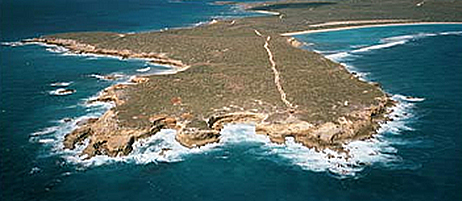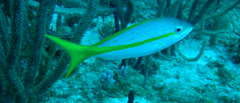Historical Reference
This website is provided by the Agency for Toxic Substances and Disease Registry (ATSDR) ONLY as an historical reference for the public health community. It is no longer being maintained and the data it contains may no longer be current and/or accurate.
In May 1999, an island resident asked ATSDR to evaluate whether any health problems in Vieques residents might be associated with potential releases of hazardous substances from military training activities on the island.
These activities included live bombing exercises conducted by the U.S. Navy. The Navy owned approximately one-half of Vieques until May 2003... Continue »

2013 Vieques Report
From 1999 through 2003, the Agency for Toxic Substances and Disease Registry (ATSDR) looked at whether U.S. Navy past military activity exposed Viequenses to harmful levels of chemicals. In 2009, we began updating our original findings. We evaluated data that we did not have in 2003.
ATSDR’s examination includes health protective recommendations, specifically for seafood consumption. Some Viequenses could be exposed to harmful levels of mercury from eating fish, if they frequently eat more than the recommended amounts. Pregnant women, women planning to become pregnant, and nursing mothers can eat up to 12 ounces of fish weekly. Children younger than age 7 can eat up to 4 ounces of fish weekly. ATSDR has recommended that public health officials consider conducting a fish consumption survey.
This report, available in English [PDF - 4.84 MB] and Español [PDF - 3.96 MB], presents ATSDR's findings and recommendations... Continue »
What You Should Know...
Eating Fish from Vieques Waters
Learn about our findings and recommendations on consumption of seafood from Vieques waters... More »
Exposure Pathways
ATSDR identified the following ways residents living on Vieques could potentially be exposed to contamination by Drinking Water, Contacting Soil, Eating Seafood and Breathing Air
ATSDR evaluated each of these exposure pathways in a separate public health assessment... More »
Get Email Updates
To receive email updates about this page, enter your email address:
- Page last reviewed: June 11, 2015
- Page last updated: July 17, 2013
- Content source:



 ShareCompartir
ShareCompartir
